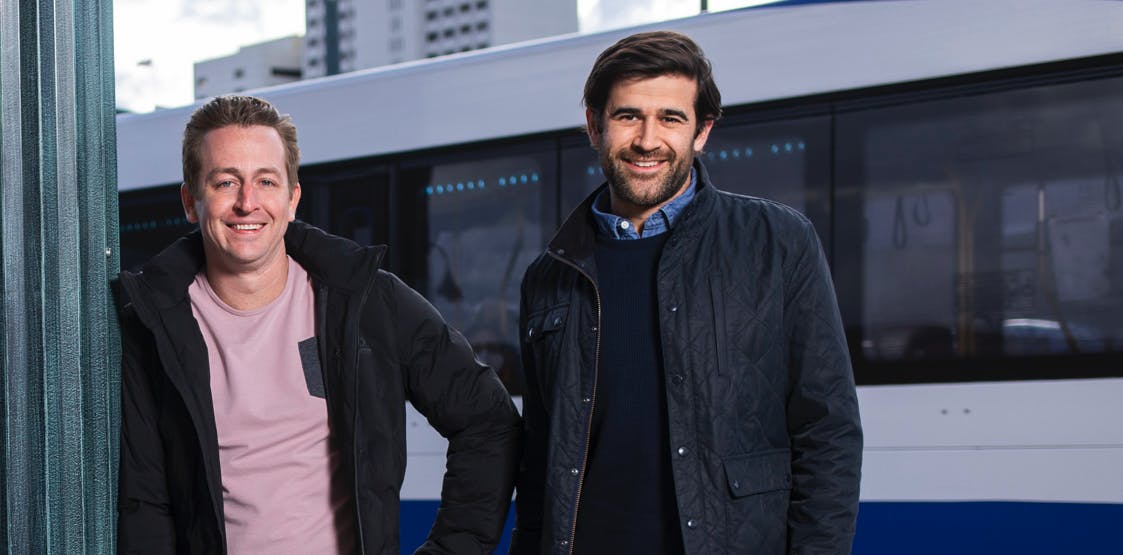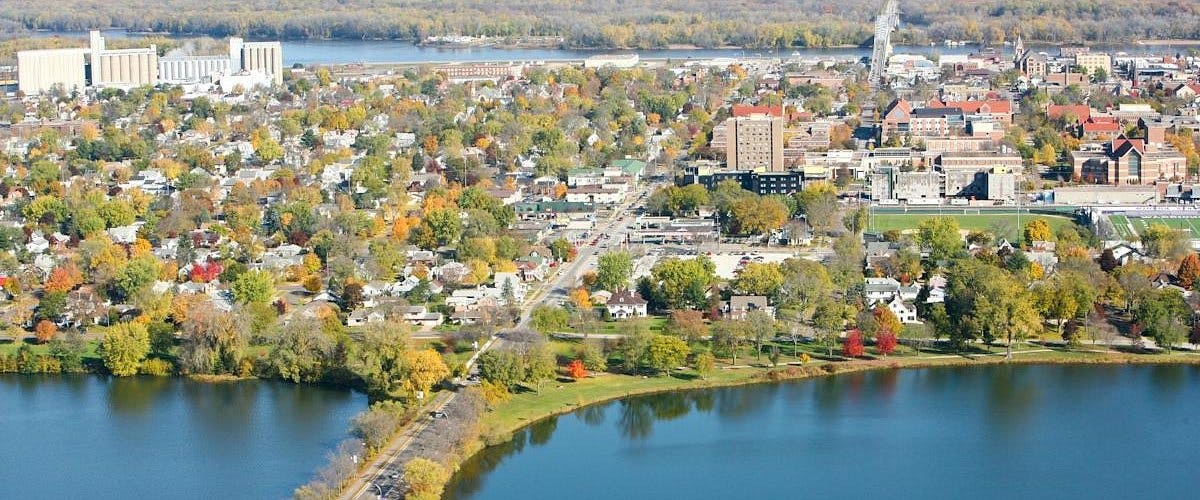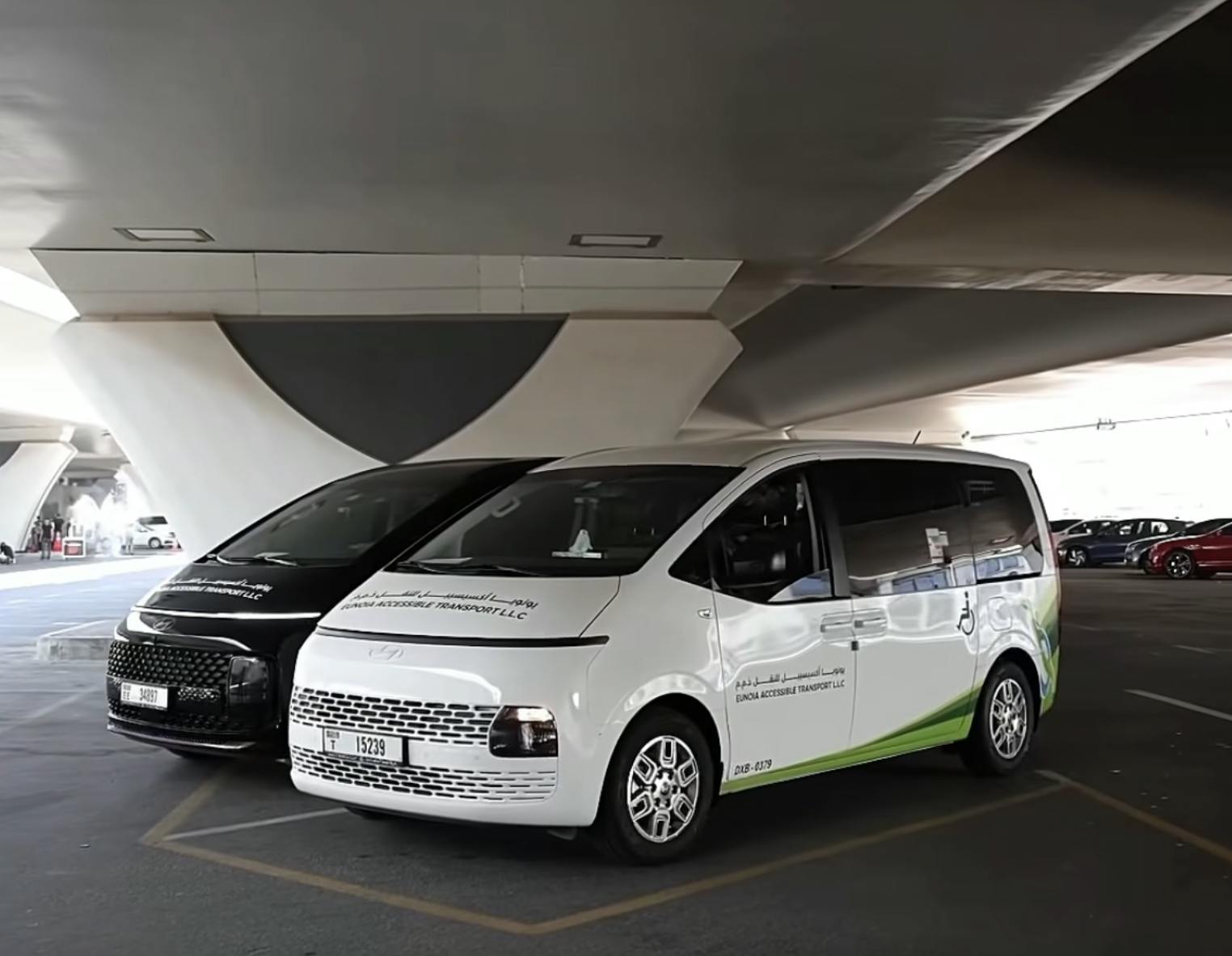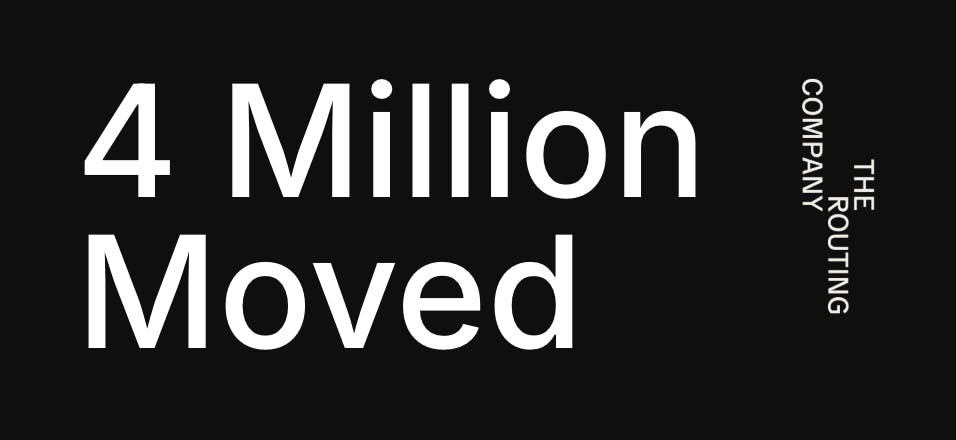
Getting to know Bradford Church and why he left Uber to lead Product at The Routing Company
A conversation with Bradford Church, VP of Product, and James Cox, CEO, both from The Routing Company.
James: Congratulations on your promotion to VP of Product Management at The Routing Company. Did you always expect to be the head of product for a fast-growing startup?
Bradford: Actually, I never wanted to be a product manager. Or rather, I didn’t know product managers even existed until quite late into my career, when I was already well on my way to leading the UberBus product team at Uber. But where I am now — the VP of product on an executive leadership team — does make perfect sense in a lot of ways, given my experience.
I’ve been obsessed with making as big an impact on the world as possible since the beginning of my career. The Routing Company is clearly, to me at least, the best way to make a positive, massive impact on the world, because transportation is at the heart of everything.
Where did you start your career?
In my first six months out of college, I failed as a novelist and became, as failed novelists do, a data analyst providing services for the Department of Education. I worked on their student loans system, and picked up a lot of skills there that have served me extremely well over the years. I learned database design, the basics of good coding practice, and also how government and government contracting works.
How did you get into transportation from the Department of Education?
It starts with my leap from government services into rideshare, with Uber, in Washington, DC.
The beginning of my story at Uber is a common enough one. I began my tenure at Uber bathed in the warm glow of 2015’s outrageous, non-stop 15% week-over-week growth. This seemingly endless growth at the time led me to believe that we, with the advent of peer-to-peer car sharing (“UberX” in the United States), had uncovered the Transportation Panacea. We were going to change the world — everyone’s world.
What do you mean Transportation Panacea?
Well, we’d unlocked the immeasurable value tied up in the world’s dormant cars, previously sitting in driveways and parking decks. We’d created the world’s most fluid, flexible labor market that could extend to anything requiring on-demand low-skill labor. We’d revolutionized the on-demand transportation experience, slashing taxi prices by 75%, extending their reach a hundredfold, and making cheap transportation available to the masses.
It was a very exciting time.
But then the growth began to slow, of course, and the Ubers and Lyfts began to jam the streets of my city. It became clear that UberX was indeed revolutionizing and extending transportation, but largely just for the middle class’s bar-hopping and the upper-middle class’s commute. As a result, and ever in search of a solution, I joined the UberPool team.
The promise of UberPool was to take the price of ridesharing down another 67% by letting four people fit into a single vehicle to share the cost. The idea was genius.
But it didn’t work?
For many reasons, yes, not the least of which were the physical structure of cities and our issues managing a peer-to-peer marketplace of independent contractors, UberPool’s unit economics weren’t as compelling as we hoped outside of a few key markets like San Francisco at certain hours of the day. And even with the increased discounts from a subsidized marketplace, the efficiency gained through matching didn’t actually bring the unit economics into a place to compete with transit.
Wherever we did succeed in fitting four passengers in each vehicle, driving costs down, those places tended to be where existing mass transit already did a pretty good job (e.g. center cities) in the developed world. This meant that we were competing with, not necessarily supplementing, existing transit infrastructure like fixed route buses and subways.
Just as importantly, bringing the cost down another 67% only went so far. While we were doing good work, the vast majority of the world’s working population (80% or more) still can’t afford to use that product twice a day every day. They needed something even cheaper. They needed… a bus.
You said you were the global leader of Uber Bus. How did you get there?
Over my time on UberPool, I became a fanatical voice in Uber about bringing sophisticated technology and user experiences (which we had at Uber) to the bus systems of the world. I shared the story of the equity impact we might achieve with a product that better served the needs of those who couldn’t afford our flagship products.
Only with large-scale sharing — getting people in buses — can you truly bring affordable, accessible transportation to the whole world, not just some of the wealthiest 20%.
Fortunately, a lot of folks at Uber agreed with me, and I got approval to build and lead a new team around a product we called Uber Bus. I led a global cross-functional team to build this business inside Uber, and I spent my last two or three there building this team with some truly wonderful and talented people around the world from product, engineering, design, and operations — many of whom still work on that team and whom I wish the best of success. We did (and the team is still doing) some really groundbreaking work with mass transit in emerging markets.
What led you to The Routing Company?
Well, I encourage folks to check out my article about it, where I answer this in a lot of detail. In short, however, The Routing Company is the most exciting place to work in the world right now because we are set to revolutionize mass transportation, and are therefore set to accelerate human progress. We bring together all the elements to catalyse this change, which you can’t find anywhere else.
First, mass transit (and therefore massive scale), is 100% our focus at TRC. Second, we have assembled the greatest team in the world for revolutionizing transit, like Thuan, James, Gabriele, Daniela, Javier, Alex, Flora, Menno, Wynton, Kelley, to name a few. Third, we have the best dynamic routing technology that I’m aware of existing anywhere in the world. And finally, we have the product vision to build a full-stack product suite focused on extending fixed-route networks at a cost — for the first time — that approaches fixed-route unit economics.
This is revolutionary, not just for transit, but for entire societies. What else could you ask for? I jumped on the bandwagon as soon as I understood what was really happening on TRC, and I couldn’t be more proud to be on the leadership team here.


